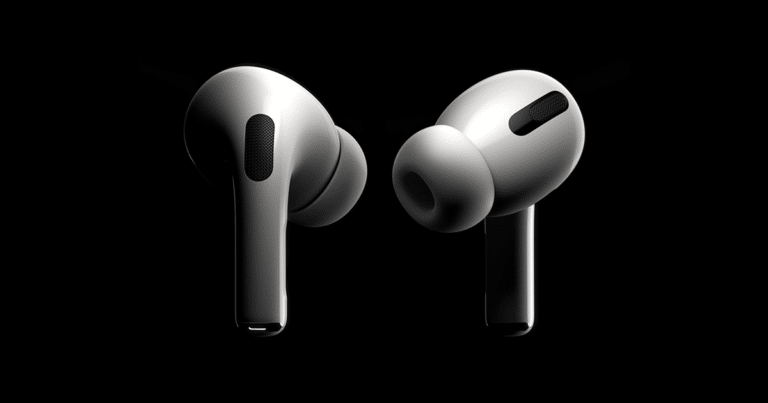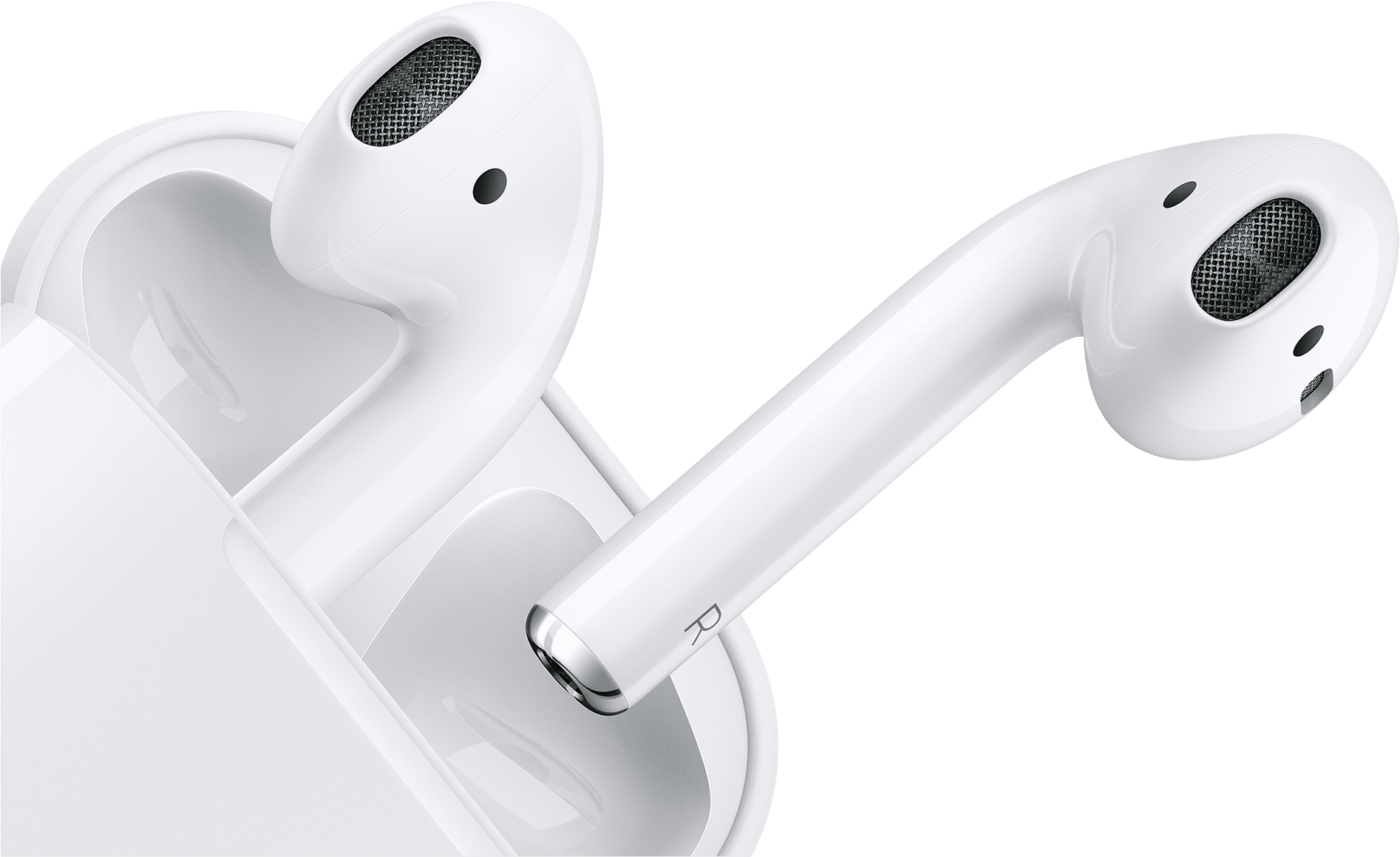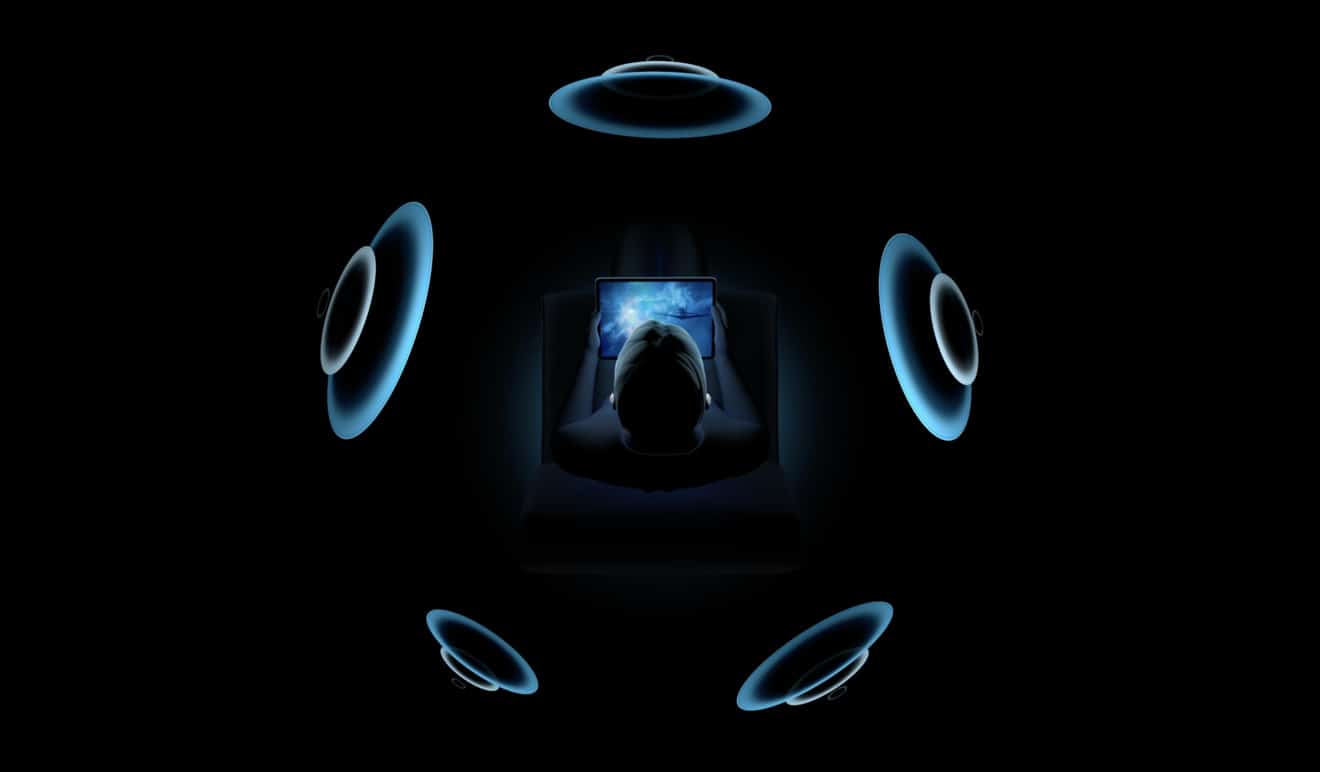
![]() “Wearables Wars” is AR Insider’s mini-series that examines how today’s wearables will pave the way and prime consumer markets for AR glasses. Each installment will profile a different tech leader’s moves and motivations in wearables. For more, subscribe to ARtillery PRO.
“Wearables Wars” is AR Insider’s mini-series that examines how today’s wearables will pave the way and prime consumer markets for AR glasses. Each installment will profile a different tech leader’s moves and motivations in wearables. For more, subscribe to ARtillery PRO.
Common wisdom states that mobile AR is the forbear to smart glasses. Before the latter achieves consumer-friendly specs and price points, AR’s delivery system is the device we have in our pockets. There, it can seed user demand for AR and get developers to start thinking spatially.
That’s still the case, but a less-discussed product class could have a greater impact in priming consumer markets for AR glasses: wearables. As we’ve examined, AR glasses’ cultural barriers could be lessened to some degree by conditioning consumers to sensors on their bodies.
Tech giants show signs of recognizing this, and are developing various flavors of wearables. Like in our ongoing “follow the money” exercise, they’re each building wearables strategies that support or future-proof core businesses where tens of billions in annual revenues are at stake.
For example, earlier in this series, we examined Google’s ambitions to create more direct user touchpoints (literally) that drive revenue-generating search by voice, visual and text. The story is similar for Amazon, Microsoft and Bose (kind of), but the biggest impact could come from Apple.
In the near term, Apple’s wearables are seeing strong revenue growth and offsetting smartphone revenue deceleration. In the long term, we could see a holistic suite of wearables — including glasses — replace the current suite of iThings at the center of our computing lives.
Head Start
Starting with the near-term, signals from Apple’s quarterly earnings hold clues for wearables’ fate in Cupertino. Specifically, the product category’s revenue performance could signal Apple’s continued financial motivations to lessen revenue dependence on a maturing iPhone.
Breaking that down, Apple’s fiscal Q1 — which is the calendar-year Q4 and pre-Covid — saw iPhone sales of $55.96 up from $52 billion year-over-year. This reverses the trend towards declining year-over-year sales, but growth is still slowing as the smartphone market matures.
Meanwhile, the story is flipped for wearables, as that division is on its way up. It exceeded $10 billion in quarterly revenue for the first time, up $3.7 billion year-over-year. This falls short of the iPhone’s $4 billion year-over-year jump but is a greater percentage jump from a lower base.
Moreover, the wearables category alone is now the size of a Fortune 150 company. Demand is greater than Apple can even fulfill, as it’s supply-constrained for the Apple Watch Series 3 and AirPods Pro. Meanwhile, smartwatch shipments are up despite pandemic-driven slowdowns.
Perhaps most interesting and less-discussed, 75 percent of Apple Watch purchases were users that are new to the device. Given Apple’s penchant for platform lock-in and increased ARPU through multi-device ownership, new users at the beginning of that journey are music to its ears.

iWear
Back to AR, Apple’s wearables category is where AR glasses will live. That bodes well, given that they’re born into a division that’s graced — for all of the above reasons — with political capital and investment. They’ll inherit the drive to diversify revenue and offset slowing iPhone growth.
Put another way, with the lingering taste of wearables success, Apple could be further motivated to double down on AR glasses. We’ve seen something similar before: Snap continues to double down on AR after seeing its impact on both revenues and its public-market rebound.
As for what AR glasses will do for Apple’s revenue growth, it could both prop up and succeed the aging iPhone. The former happens as it creates reliance on the iPhone for local compute. In other words, the iPhone gains importance — and user incentive to upgrade — if it powers your glasses.
As for succeeding the iPhone, that gets back to the above drivers about finding high-margin successors to its maturing cash cow. Early glasses functions could include things like an ambient “notification layer” that replaces some of the content and alerts you currently look down for.
We say “some”, as glasses will join a suite of wearables that augments your life. That’s line-of-sight graphics to accompany spatial audio from AirPods PRO (more on that in a bit), and biometrics from Apple Watch. That gets back to Apple’s signature multi-device ecosystem play.
Meanwhile, Apple is separately putting other pieces in place such as GeoAnchors for AR-cloud like persistent AR. More importantly, its “Gobi” marker-based approach will provide prompts for AR experiences at various waypoints and retail locations, which is what the adoption curve needs.
AR Lite
Going deeper on what the glasses will be and do, It’s evident that Apple likely won’t launch a set of AR glasses — at least for V1 — that involves “heavy AR.” This is fully-realized world-immersive AR that has spatial and semantic understanding of its surroundings, a la S.L.A.M.
To achieve these functions, there are design tradeoffs such as bulk and heat. In the slidings scale between sleek glasses that power “light AR”; and bulky hardware that powers “heavy AR,” Apple will likely lean towards the former. There are several signals that indicate this will be its approach.
The first signal is simply the state of the underlying technology that doesn’t enable heavy AR in a sleek form factor. The second signal is well-devised “follow-the-money”-esque theories from Doug Thompson and Robert Scoble about Apple’s need to reach massive markets for anything it does.
In other words, eyeglasses and sunglasses are much larger markets than AR Glasses. So it could enter the prescription eyewear market, infused with Apple magic. In other words, the digital cohesion in the wearables suite mentioned above could involve a line of sight “notification layer.”
But moreover, Apple will broaden the concept of “augmentation” beyond the AR world’s current connotations. So instead of Pikachu, digital layers will be things that generally help people see better, Gobi-prompted content in the real world, or Doug Thompson’s pop principle.
Part of that cohesion was also signaled by yesterday’s Airpods PRO integration of spatial audio, something we’ve predicted for a while. This will be a key step towards audible AR to augment and inform your reality with intelligent cues like identifying people or language translation.

Acclimation Play
It’s also notable that prospective AR glasses won’t just round out Apple’s wearable master plan, but they’ll also benefit from it. As we’ve examined, one of the byproducts of the rise of wearables will be acclimating consumers to wearing sensors, cameras and other gadgetry on their bodies.
That could be a step towards warming the world up to AR glasses. It’s otherwise going to be a culture clash, à la Google’s “glasshole” mishaps. Though putting things on your face is a tougher sell, AirPods and Watches will at least take baby steps towards wearable sensor acclimation.
As for a glasses form factor, we’re seeing some movement in that direction. Amazon’s Echo Frames, and Snap Spectacles could gain some ground for cultural acclimation. The same could be said for Bose Frames before they discontinued the program (and now we know why…)
For Apple, there are lots of ways AR glasses could play out, including the multi-modal endpoint we’ve speculated. It will be a moving target as we continue to spot clues. For the AR sector, the importance is amplified by Apple’s potential to grace the technology with its signature halo effect.
